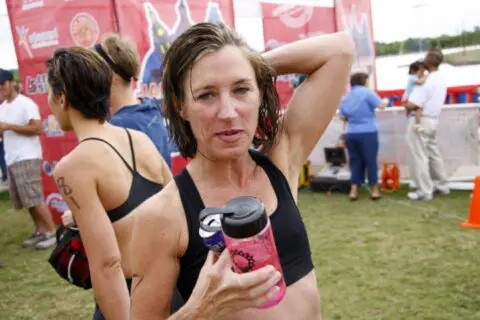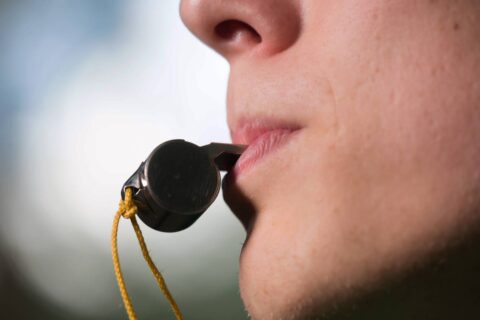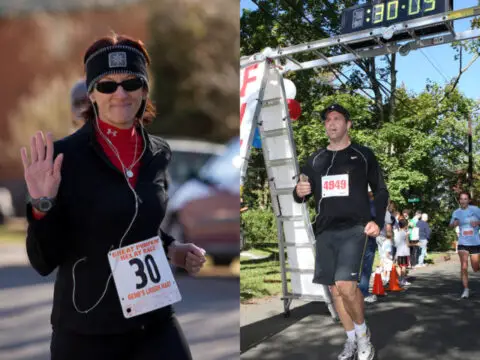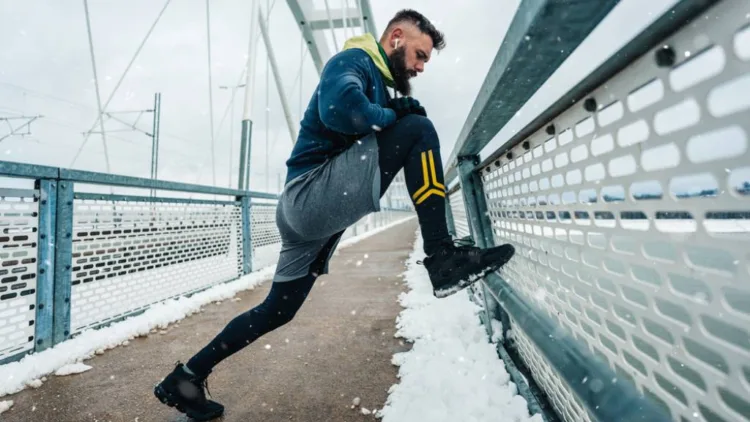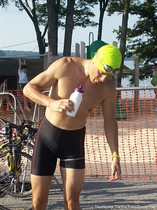 I thought I was a pretty good swimmer until I joined the Masters Swim class at our local YMCA.
I thought I was a pretty good swimmer until I joined the Masters Swim class at our local YMCA.
There I was – Mr. Triathlon man, ready to show everyone just how triathlony I was! Let’s see… there was what looked to be about a 60-something-year-old man, this string-bean thin Asian guy, a woman probably also in her 60s, a couple of other women about my age or maybe a little younger, and this short pale looking dude. So I hopped in the water with my tan, lean triathlon body, ready to show the class what I could do.
Soon after getting in the water, I realized I was in trouble upon discovering that people were expected to know multiple strokes. I knew the freestyle, but that was it (other than the doggy paddle). I thought I could more or less fake the breaststroke. (Heck, I’ve watched the Olympics, and I can bob my head up and down in the water with the best of them.) Unfortunately, I didn’t factor in our teacher being able to see down into the water to catch the idiotic things I was doing with my legs. Busted!
You should have seen what happened when she tried to show me how to do the butterfly. Thank goodness no one was taping this or it might have well become the most watched video on the Internet entitled, "You won’t believe this!"
I was so glad when we finally got around to doing the freestyle. Now I was in my element, and ready to demonstrate just how fit I was. I was doing just fine until the drill when we were supposed to do 16 50-meter sprints: 4 sets of 4, with a 15-second recovery between each 50-meter sprint. I was good for about 8 of them, and then I was sucking wind in a major way!
It was humiliating! I didn’t realize string-beans and older folks could swim so fast and far. I realized I had a lot to learn and a long way to go.
I’m thankful I decided to stick with the class, despite the rocky start.
Here’s why:
1. The class instructor helped me improve my freestyle stroke, which means greater efficiency. Correct technique and stroke efficiency helps reduce the possibility of injury, and enables you to better meet the demands of endurance swimming.
2. Being in the class meant that intervals would be a regular part of my swim training. It’s not just about swimming, biking, and running long distances. Intervals and speed work are also a critical aspect of triathlon training. I sometimes get lazy with intervals, but my swim class holds me accountable.
3. I learned other strokes. It’s true that freestyle is the primary and preferred triathlon swim stroke. However, there are times when you will want to change strokes, even in the triathlon event itself. When you get tired, it helps to change strokes for awhile to give yourself a break. Many people will use the backstroke for this purpose. Sometimes the water will be choppy, and the breaststroke may be necessary for proper sighting.
If all you know is the freestyle and the doggy paddle, then you don’t have much in your arsenal to use in these cases. What’s worse is switching over to a stroke you don’t know how to do properly or haven’t trained using. This will only serve to tire you out quicker, and you’ll find yourself hanging onto one of those triathlon rescue canoes in the water.
My suggestion with swim training is to proceed as follows:
-
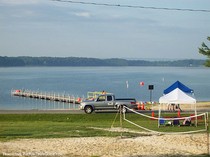 Get some instruction and feedback about your freestyle stroke to be sure you are on the right track.
Get some instruction and feedback about your freestyle stroke to be sure you are on the right track. -
Master your freestyle stroke, and build a strong endurance base with that stroke. There’s no point in joining a Masters Swim class until you have laid a proper swim base. It would also help to learn one other stroke.
-
Join a Masters Swim class, but don’t be too hard on yourself. It takes time.
For awhile, a lot of your training to prepare for your first triathlon will consist of things you’ve never done before.
Here’s an example of one person who was really serious about simulating a triathlon swim.
Another example would be doing group bike rides to get used to cycling with a lot of other bikers around you. You don’t want to do your first triathlon without having done some group rides, which you can find through your local bike club.
No one just magically shows up one day as the fully prepared triathlete. You’ve got to start somewhere. It may feel like baby steps, but it’s just all part of it. Baby steps can get you almost anywhere, remember?
It’s okay, you’ll make it. Whatever humiliated you today; this too will pass.
I’m over 40 years old, but I don’t give up easily. It wasn’t too long ago that I was exploring the idea of doing my first triathlon. If I can do it, you can too! I'm proof that with a little determination and training, you can get a great deal of fulfillment participating in marathons, triathlons… even ultramarathons.
